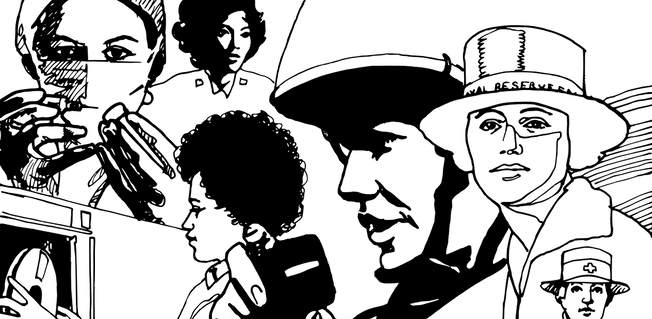It’s no secret that the role of women in technology has seen significant changes over the years, but the technology industry still has a long way to go. In fact, according to a recent study, in 2013 just 26 percent of computing jobs in the U.S. were held by women. That’s down from 35 percent in 1990.
So, to honor all women who have made incredible strides in technology over the years, we’d like to recognize two technological pioneers ahead of their time.
Ada Lovelace (1815-1852)
Ada Lovelace was an English mathematician who created what is considered to be the first written instructions for computer programming. As a child, her mother insisted that she focus her education on mathematics and science, rather than music, singing, drawing, dancing and the modern languages which were the traditional areas of study for females at that time.
At 17, Lovelace became friends with inventor Charles Babbage. Babbage was best known for designing the difference engine, a computer that would formulate polynomial functions, such as quadratic, cubic and quartic numbers that involve only non-negative integer powers of x. He also created its successor, the analytical engine, a more general purpose computer that would carry out arithmetic operations automatically. Due to engineering and funding conflicts, neither device was built. Lovelace was intrigued by the prototype of the difference engine, and began visiting Babbage as often as possible to learn more.
Over time, Babbage became so impressed with Lovelace’s analytical skills that he called her the “Enchantress of Number.” He later asked Lovelace to translate an article written by an Italian mathematician about the analytical engine. While translating the article to English, she added her own notes describing how to write code for the device to handle letters, symbols and numbers. Her notes on the analytical engine were three times longer than the translated article, and included a detailed method of how to calculate a sequence of Bernoulli numbers, or rational numbers with deep connections to number theory. Since the analytical engine was never built, her notes were never tested.
Today, Lovelace’s legacy lives on as she is know as the world’s first computer programmer. Her work with Babbage and her mathematical mind not only gave us the first language of code, but also the method of looping, a series of instructions that continually repeats until a certain condition is reached. This process is still in use today.
Margaret Hamilton (1936-Present)
Margaret Hamilton, an American computer scientist, systems engineer and business owner, led the team that developed the on-board software for the Apollo moon missions.
In the 1960s, Hamilton took a job with MIT as a developer on the Semi-Automatic Ground Environment (SAGE) project. SAGE was a system of large computers and networking equipment that pulled data from radars to produce a single image of the airspace over a wide area. This technology was eventually used by the military for anti-aircraft air defense against the Soviets during the Cold War. Hamilton’s participation in this project catapulted her into her longstanding career as a computer programmer.
Hamilton then joined Charles Stark Draper Laboratory at MIT, where she began working as the lead software designer for the Apollo space mission. During the most critical moments of the Apollo II mission, it was Hamilton’s priority alarm display that interrupted the astronauts’ normal displays to warn them that there was an emergency, giving them ample time to make the decision to land or not to land.
After her notable work with the Apollo missions, Hamilton co-founded the company Higher Order Software (HOS) to continue developing ideas such as error prevention and fault tolerance. HOS developed a product called USE.IT based on those ideas, which was successfully deployed in government projects, such as the first computable Integration DEFinition (IDEF) for the Air Force. After nine years as CEO of HOS, Hamilton left to become the founder and CEO of Hamilton Technologies, Inc., a systems design and software development company.
These two represent only a fraction of the women that have made history for their technological innovations. There is a need in today’s world for more women like Ada Lovelace and Margaret Hamilton…women who aren’t afraid to push past the status quo and use their minds to change the world. After all, James Brown did say, “It’s a man’s world… but it wouldn’t be nothing, nothing without a woman or a girl.”💁🏻

